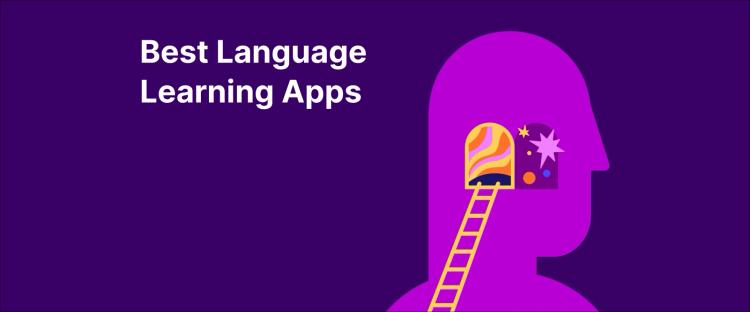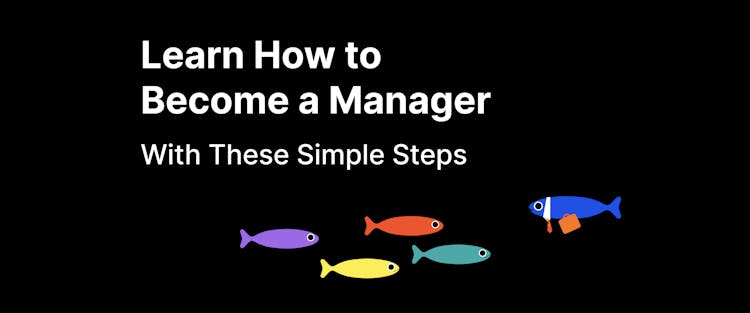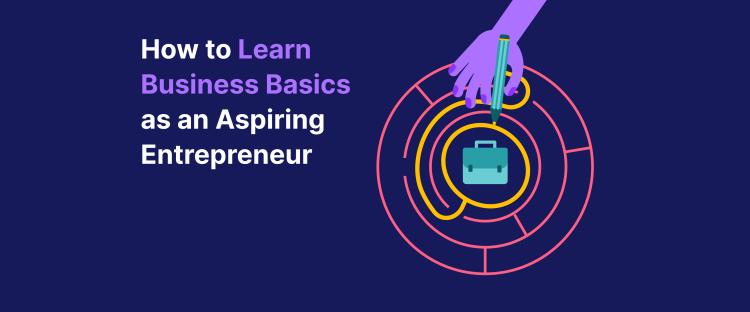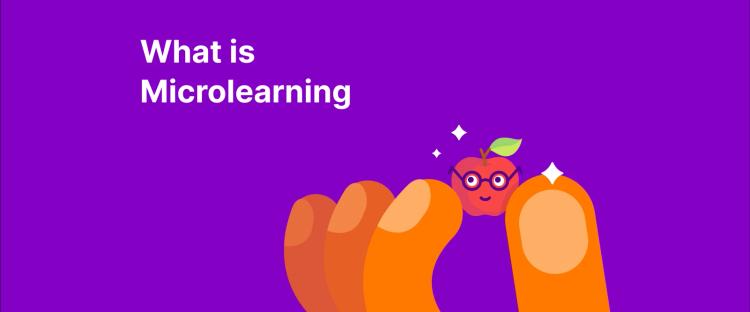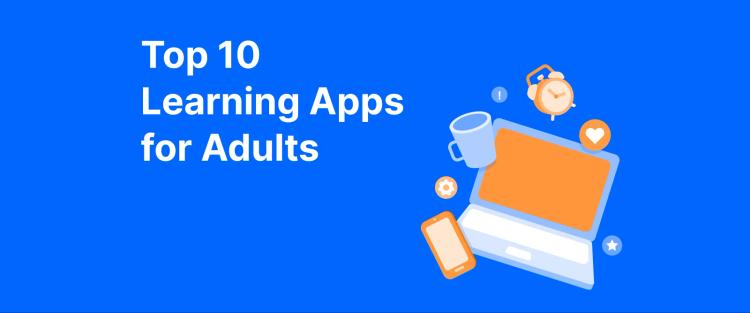How much can you learn in a lifetime? The recent studies prove that there is no limit to learning. According to the Herzing University School of Nursing, lifelong learners have an edge in their careers, and they're also less likely to experience cognitive decline.
Discover effective learning strategies and methods from top expert guides available in a bite-sized format in Headway’s library. From 'Utralearning' by Scott H. Young to 'How We Learn' by Benedict Carey, these essential reads are your best bet for continuous growth and self-development.
In this article, you'll discover:
6 strategies for effective learning
3 expert-backed tips on self-education
Helpful tools and resources for improved learning
FAQs about quick learning
Now, let's look at all of them closer and learn from top education experts.
Top 6 learning techniques
Even the best specialists constantly need to learn new things to stay productive and be successful. Therefore, learning quickly and effectively is the most valuable skill in a career. The authors of the book 'Make It Stick,' Peter C. Brown, Mark A. McDaniel, and Henry L. Roediger III, are cognitivists who study learning and memory and believe that most people learn incorrectly. Here is how you can improve your learning process and study skills according to experts.

1. Spaced repetition: How to memorize things better
Many online courses and modern applications for improving your English skills and learning foreign languages are based on the method of spaced repetitions.
It means that a student must repeat a new word several times at gradually increasing amounts of time for "absolute" memorization. Let's say the first repetition will happen a few minutes after getting to know the word, the second will come in a few hours, the third, the next day, etc.
"Practice that’s spaced out, interleaved with other learning, and varied produces better mastery, longer retention, and more versatility." – Peter C. Brown, 'Make It Stick: The Science of Successful Learning'
The human brain is designed to remember better information and access it several times during a certain period. Write down new, unfamiliar words, and do not forget to return to them after a day, a week, or a month. When listening to podcasts, use the transcripts and listen to the recordings again after a few days.
"Learning is deeper and more durable when it’s effortful. Learning that’s easy is like writing in sand, here today and gone tomorrow." – Peter C. Brown, 'Make It Stick: The Science of Successful Learning'
2. Retrieval practice: Ask the right questions
This technique is based on the concept of active recall at a later time. Remembering the answer to a question helps more than looking up the answer in a textbook.
Also, remembering and writing the answer on a card is much more effective than thinking you know the answer and turning over the card ahead of time. Use practice tests or questions to test yourself without looking at the book or notes.
There is no perfect recipe for quick learning. The result will depend on your characteristics, learning goal, amount of free time, and persistence. However, some secrets and life hacks can make life easier for beginners.
3. Active learning: Take notes and practice new skills
Effective learning requires practice and more practice. Many are convinced that if you repeat a lot, you will remember it for a long time. But active learning is even better for this purpose. For example, retelling information in your own words is better than simply re-reading or cramming.
Knowledge is better absorbed if you consider it in a wider context, and combining knowledge into so-called mental models makes it easier to remember complex material. Uncover the secrets of effective learning in the book 'Make It Stick: The Science of Successful Learning' by Peter C. Brown.
American professor and Coursera's top instructor Barbara Oakley advises against underlining a lot. Note-taking is more effective than summarizing the main points.
"Don't fool yourself into thinking that simply underlining something with a pen or pencil will automatically implant it in your brain."
If you are visual, try mind mapping, a technique that allows you to organize information visually through a diagram. First, you write the word in the center of a blank sheet of paper.
Hands-on experience can be referred to as active learning. Practicing new skills rather than just reading about them is the best process for creating new brain connections.
4. Interleaving practice: How to build semantic connections
It has been scientifically proven that alternation consolidates knowledge in memory and creates connections between them. There are two types of memory: short-term and long-term. One short-term memory aspect is working memory. The information in it can be kept from several seconds to several minutes.
Mixing topics and different types of tasks is not easy but effective. Alternating old and new materials is more effective than alternating theoretical information and solutions. It's about doing different tasks that require different strategies.
Continuing to work on a topic after it has been sufficiently mastered can lead to "over" learning. Therefore, working on various tasks during one study session is more useful.
5. The Pomodoro technique: The power of multitasking

Sometime in the distant 1980s, one Italian student, Francesco Cirillo, was tired of spending excessive time on homework. He wanted to finish unpleasant matters and rest. To work more efficiently, he decided to use a kitchen timer in the form of a tomato. The mechanism went off every 10 minutes, and he divided his university assignments so that each would take no more time to complete.
The main goal of the Pomodoro Technique is to unlearn multitasking and constant distractions (such as social media) and improve the skill of concentrating on what is essential. You can effectively plan your day with this time management method. There should be no mental strain during breaks. You need to allocate 5-10 minutes for something that does not require thinking.
6. Microlearning: Daily tidbits for improved comprehension
Today, microlearning has a large set of tools. These can be flashcards, apps, games, YouTube videos, infographics, newsletters, podcasts, or text messages that help expand knowledge, sharpen skills, or change behavior. In reviewing products after training, employees must memorize large amounts of information given to them in seminars and webinars. Often, they can't figure out what to highlight, for example, to effectively sell a product. Microlearning solves this problem. Thus, employees can receive messages and answer questions about the launch of a new product for a certain period of time while competing with colleagues.
Such game-based testing helps to identify weak points in understanding and consolidation of information. The correct use of microlearning promotes memorization, reflection, and application of knowledge from practice. During its creation, it is necessary to consider people's desire to learn at any time or place.
Three expert-backed tips for effective learning
Here are some tips to get you started:
1. Create a dedicated learning space
Scott H. Young, researcher and entrepreneur, author of the Wall Street Journal bestseller 'Ultralearning,' shares his strategies that helped him find time to study. According to him, if you have little time, you need to simplify the learning process as much as possible. One way to do this is to set up the environment so you can get down to study immediately. If you have to spend 20 minutes preparing your equipment every time, you won’t have time to train. Make it easy.
Determine the hours and place for studying or working. It can be a comfortable library, a cozy coffee shop, or someplace at home set aside for work. When you are there, you focus only on work.
2. Use the power of visualization
"Visualization is an enormously powerful tool for learning. When you visualize, you use your mind’s eye to see concepts and processes in action. This can help you understand and remember complex ideas more easily." – Barbara Oakley
We all have very efficient visual and spatial memory. One of the techniques built on our natural capabilities is called "Memory Palace." This technique involves reproducing in memory a familiar place — such as the floor plan of your house — and using it as a notepad to record information.
For example, you need to remember a shopping list in a store. Just imagine this list in your apartment, remember it visually, and that's it! All you have to do in the store is "walk" with your imagination and recreate the list.
Equally effective are using metaphors, analogies, associative phrases, and making up stories and songs. Exercise is one of the best ways to improve memory and learning ability.
3. Take breaks and maintain a healthy lifestyle

In her book 'A Mind for Numbers,' Barbara Oakley says relaxation is vital for hard and productive work. Sleep helps build the neural connections needed for the thinking process, and the so-called "cleaning" of toxins during sleep helps keep the brain working effectively.
"To prevent procrastination, turn off all beeps and pings on your phone and computer, set a timer for 25 minutes, and focus. Work hard during this time, and don't forget to reward yourself with a small treat afterward." – Barbara Oakley
Incorporate regular study breaks to refresh your mind. Consuming nutritious foods, regular physical activity, and sufficient sleep can also ensure a healthy lifestyle. These practices enhance cognitive function and overall well-being, ultimately improving learning efficiency.
Helpful tools and resources for better learning
Watch the TED Talks YouTube video: 'Learning how to learn | Barbara Oakley' or read the book 'Learning How To Learn' by Barbara Oakley and Terrence Sejnowski.
The same author, Barbara Oakley, PhD, teaches how to develop a mind for numbers and gives practical tips on studying math and science in her book 'A Mind for Numbers.'
When practicing the Pomodoro Technique, you can use these mobile apps: Flat Tomato (iOS), Clockwork Tomato (Android), Focus To-Do: Pomodoro Timer & To-Do List (iOS), Pomododo (Android), or just a simple alarm.
Ultralearning requires you to consider the big picture and develop your own learning strategy. In his book 'Utralearning,' Scott Young argues that studying is a matter of motivation. But you don't have to force yourself to learn something or feel guilty about not reading much. Motivation to achieve a real goal works.
'Don’t Go Back to School' by Kio Stark emphasizes the importance of curiosity, community, and real-world experiences. Whether thinking about changing careers or simply seeking personal growth, it provides a guide for lifelong learning and finding fulfillment beyond traditional education.
In 'Unlimited Memory,' Kevin Horsley offers his method of training attention and concentration, which helps turn faceless information into well-structured data that will stay in your head for a long time. Kevin Horsley is an international professional lecturer, motivational and creative thinking coach, and multiple memory record holder.
The Headway app offers summaries of all the books mentioned above and even more on learning and study skills.
Boost your learning skills with Headway book summaries
Get ready to take your learning to the next level! Discover these techniques and more with the Headway library. It offers concise summaries of top educational books, giving you powerful insights and practical tips to master effective learning strategies.
Don't have enough time to read entire books? 15-minute book summaries with key insights are your way out! Dedicate just 15 minutes each day to your personal and professional growth. Download the Headway app today and start optimizing your learning process.
Frequently Asked Questions
How do I teach myself to learn?
Neuroscience states that the learning process is connected to the brain with the neural ability to perceive, process, and respond to various signals. Train your short-term and long-term memory first to remember new information better. Find the most interesting learning techniques and resources to enjoy the very process of learning and stay curious.
How can I focus 100% on studying?
The best way to improve your concentration level during the learning process is to activate your brain. There are several ways to raise your level of activation: rhythmic music – the brain quickly learns musical rhythms and adjusts to their tempo; interior colors – warm colors activate the brain, while cool colors have a calming effect; physical activity – increases blood flow to the cerebral cortex; breathing exercises – shallow and frequent breathing activates, while deep and slow breathing calms.
What are the 4 learning styles?
There are 4 principal learning styles, each based on a different perception mode: visual, auditory, reading-writing, and kinesthetic. A visual learner, for instance, learns best with the help of visual cues like videos and pictures. For a kinesthetic learner, however, physical activities and hands-on tasks are the most effective ways to get new knowledge.



